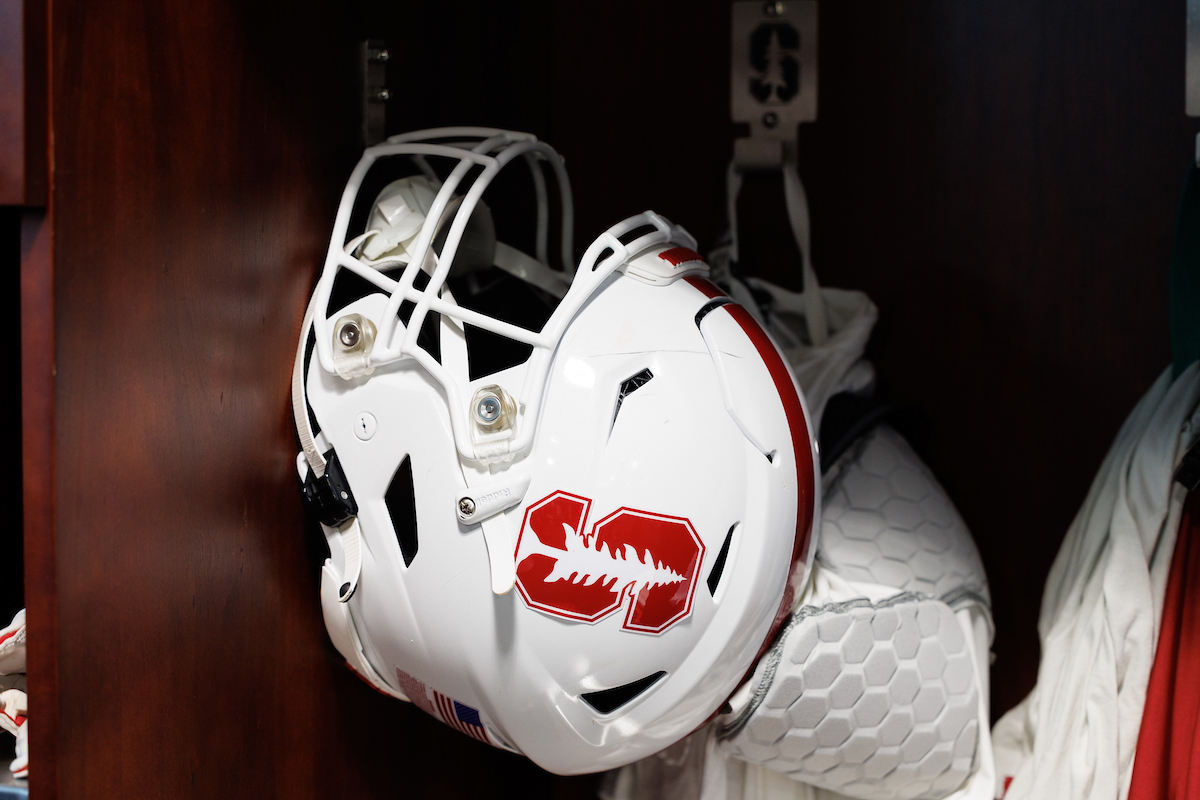In a landmark case for the future of college sports, U.S. District Judge Claudia Wilken preliminarily approved the $2.78 billion settlement allowing universities to directly pay student athletes.
This settlement resolves three major antitrust lawsuits filed against the NCAA, including House v. NCAA, an effort led by former Arizona State swimmer Grant House. Former NCAA athletes can begin applying for payments on Oct. 18.
The settlement, which has a final hearing set for April 2025, would allow universities to establish pools of up to approximately $21.5 million in the first year to distribute to athletes through a revenue-sharing plan. Athletes from as far back as 2016 would be eligible to apply for payment to compensate for the lost earnings they would have had with Name, Image and Likeness (NIL) policies, which became legal in 2021.
The $21.5 million reflects 22% of the average revenue that Power 5 schools generate through media rights, tickets and other sources related to athletics. The threshold will be reevaluated every 10 years, and athletes can still make NIL deals with outside groups in addition to being directly compensated. Additionally, the settlement outlines a framework for oversight of NIL deals and replaces scholarship caps with “roster limits” for each varsity team.
Not every school is expected to pool up to the full amount. Concerns include how the change will impact the overall athletics program, including Title IX roster balances and non revenue sports that contribute to the strength of the Olympic rosters at schools like Stanford.
However, it appears that the settlement’s approval will provide at least temporary stability to the new world of college athletics.
“We are thrilled by Judge Wilken’s decision to give preliminary approval to the landmark settlement that will help bring stability and sustainability to college athletics while delivering increased benefits to student-athletes for years to come,” said NCAA President Charlie Baker. “Today’s progress is a significant step in writing the next chapter for the future of college sports.”
